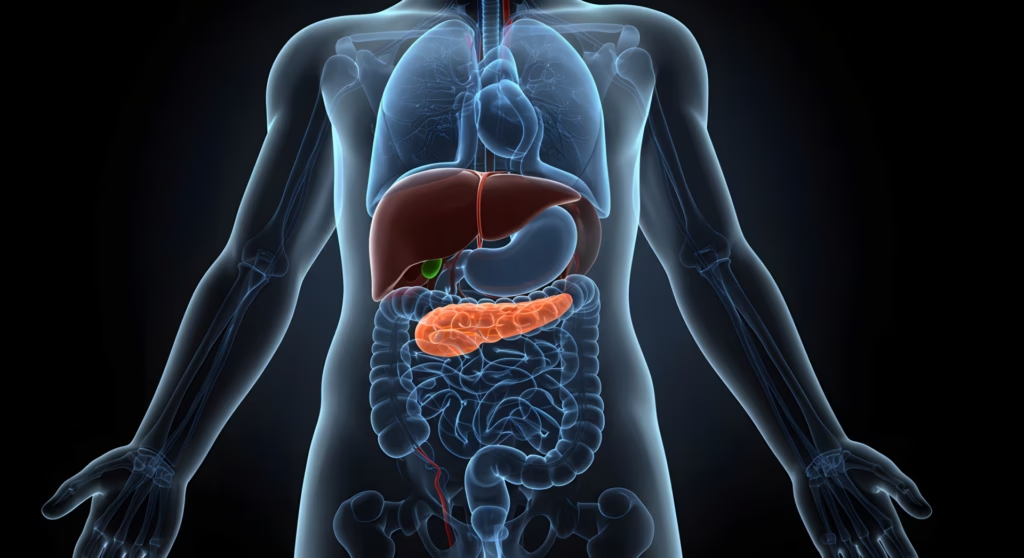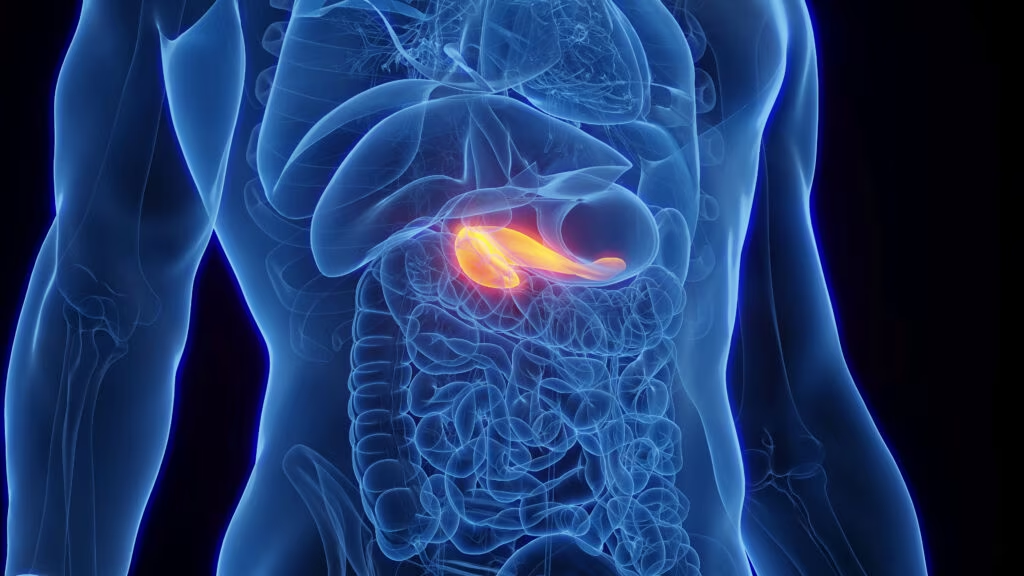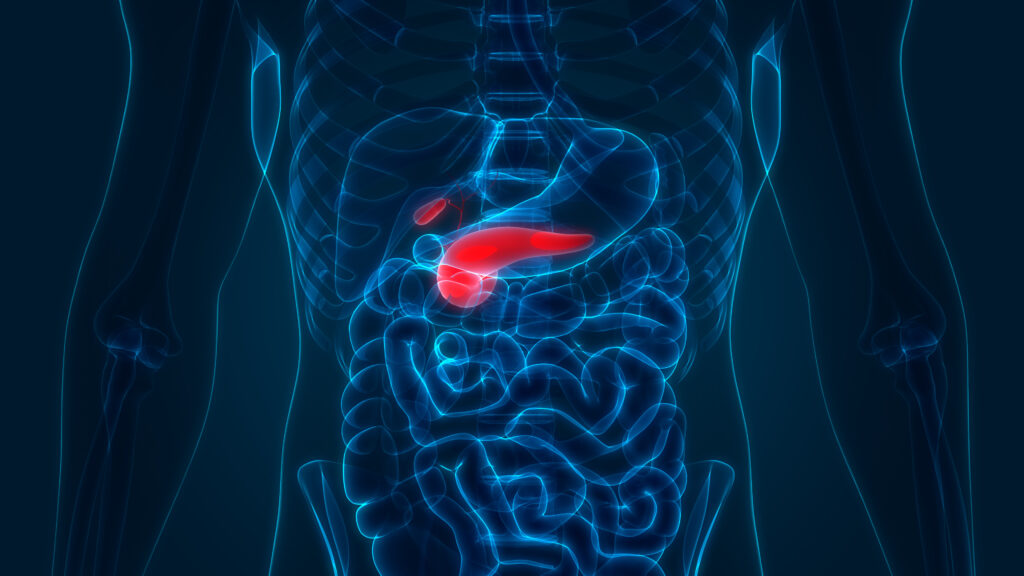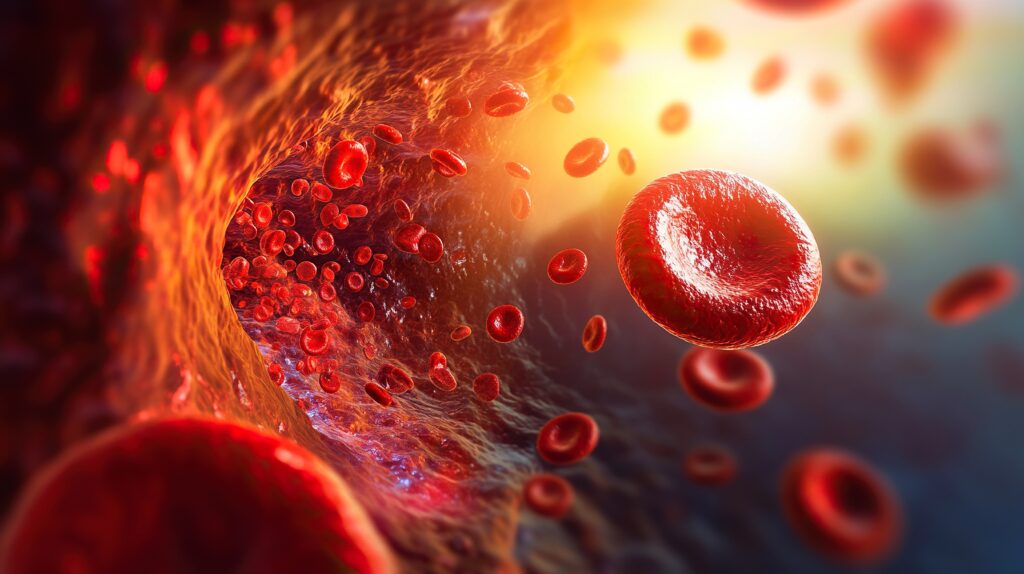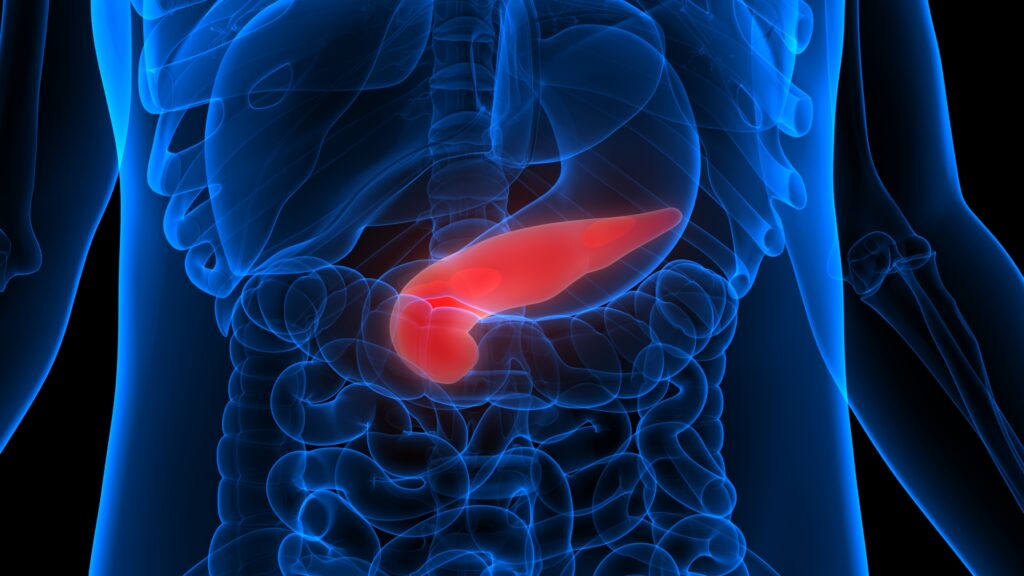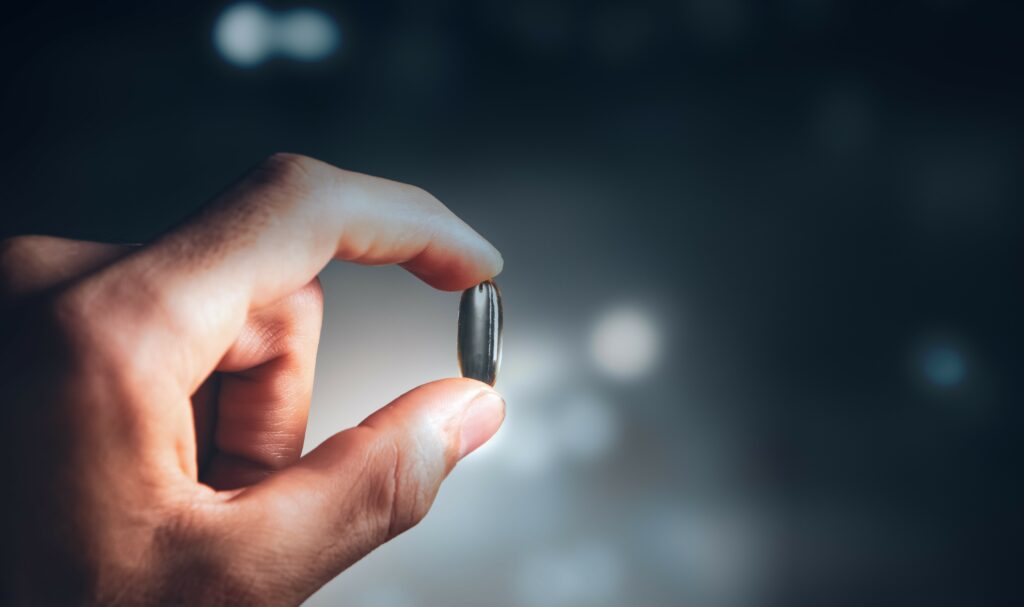Realtime continuous glucose monitoring (RT-CGM), which provides a glucose reading and trend every five minutes for up to seven days, is a valuable diabetes management tool for people with type 1 diabetes who, in their quest for tight glycemic control, are particularly vulnerable to severe and potentially life-threatening hypoglycemia. The value of RT-CGM for people with type 2 diabetes is less well recognized, particularly for those who are non-insulin treated.
Realtime continuous glucose monitoring (RT-CGM), which provides a glucose reading and trend every five minutes for up to seven days, is a valuable diabetes management tool for people with type 1 diabetes who, in their quest for tight glycemic control, are particularly vulnerable to severe and potentially life-threatening hypoglycemia. The value of RT-CGM for people with type 2 diabetes is less well recognized, particularly for those who are non-insulin treated. This paper reviews the still nascent literature documenting the efficacy of RT-CGM in people with type 2 diabetes and then addresses the advantages and disadvantages of itsuse from the perspectives of the healthcare provider and the patient.
Previous Studies Documenting Efficacy of Realtime Continuous Glucose Monitoring in People with Type 2 Diabetes
The few studies that have examined the clinical efficacy of RT-CGM in people with type 2 diabetes are shown in Table 1. These studies show that RT-CGM may be useful in modifying lifestyle habits and choices and can exert a positive effect for as long as a year beyond the intervention. Using an RT-CGM system as a ‘motivational device’, Yoo et al. conducted a prospective, open-label, randomized controlled trial (RCT) of RT-CGM compared with self-monitoring of blood glucose (SMBG) in 65 adult patients with poorly controlled type 2 diabetes (8.0 % ≤ glycated hemoglobin [HbA1c] ≤10 %) over a three-month period.1 The intervention group used the RT-CGM device for three days each month for three months and the control group continued SMBG at least four times a week for three months. Compared with the SMBG group, the RT-CGM group demonstrated a more significant reduction in HbA1c (-1.1 % versus -0.4 %), a larger increase in the exercise time per week (+158 minutes versus +43 minutes), and a more pronounced trend toward a decreasein body weight (-2.2 kg versus -1.4 kg). The researchers also measured the mean amplitude of glucose excursion (MAGE) with each RT-CGM application; there was a statistically significant decrease in MAGE between Month 1 and Months 2 and 3.
To view the full article in PDF or eBook formats, please click on the icons above.


